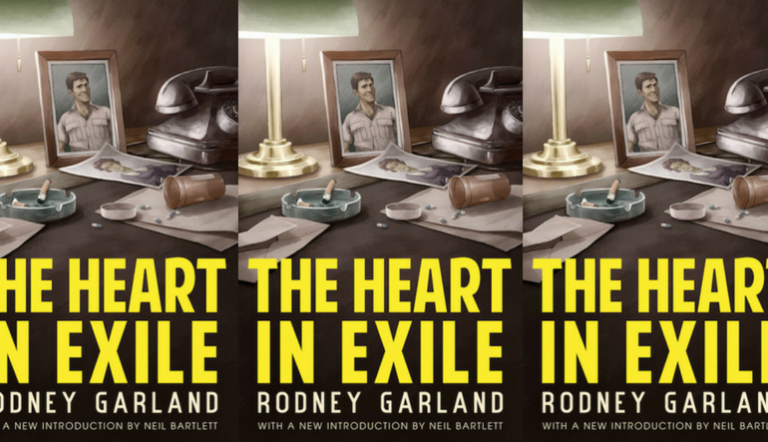Women in Refrigerators

Fifteen of us were watching Colin Farrell talking fast and sweet at a woman who communicated almost entirely by lowering her head, raising her eyes, and simpering. This was a few months ago and I was in a playwriting seminar with a well-known playwright that I had never heard of before. Huh, I thought, Colin Farrell is doing all of the acting while the woman is being all of the scenery. After about ninety seconds Colin Farrell’s character punches the woman in the nose, robs her, and then gets chased by cops. The last shot we see of the woman, she is wide-eyed and covering her face with her blood-coated hand.
The well-known playwright paused the movie and turned the lights back on. We’d just watched the opening scene of 2003’s Intermission, and wasn’t it shocking, he said. He kept saying how shocking it was and how surprised we were all supposed to be. He was certain no one could see that punch coming.
But here’s the thing: if you’re like me, a woman, or maybe you are not a woman but you happen to believe that women are people, then perhaps you’ve noticed the way women are often deployed in fiction. Frequently they are victimized, killed, or otherwise depowered early in the story which then serves as both the inciting incident, and the emotional thrust, for a male protagonist’s journey. This pattern, called “Women in Refrigerators,” was first written about by Gail Simone in 1999. Though Simone was writing specifically about the portrayal of women in superhero comics, this trope is certainly seen in other genres and formats of fiction as well.
But some of us writers who see ourselves as highfaluting artsy types might find it easy to dismiss the treatment of women in comics, in action films, in almost everything Jean-Claude Van Damme has ever made, because we are not that kind of writer. We are writers of nuance. Of Literature. But what happens when you focus the “Women in Refrigerator” lens at the larger literary world? What do you see? Well, you see The Goldfinch, the Magnus Chase series, several of the stories in Thunderstruck, and at least one story from nearly every literary journal that arrives in your mailbox. You see it in critically acclaimed, highly regarded fiction written by both men and women.
Well, you say, women die in real life. Surely, it is possible to write about women who die. The problem is that in so many stories the death or depowering of a woman is used to incite and power a man’s story. Another problem is that many of these women are killed or maimed because of factors outside of their control or influence. In fiction, men often die as a result of their own actions; they have character flaws that lead to their own downfall. Women, on the other hand, are victims of random violence, of cancer, of someone else’s bad choices. The fact that so few of these stories actually center on the journey of the female character only further highlights their function as a plot device—as little more than a piece of simpering scenery.
I raised my hand and the well-known playwright called on me. I said the clip he’d shown was actually an example of a very common trope, and that, of course, the woman was going to be the victim of violence which would then start the man’s story. Another student said, well, we didn’t see the whole film, maybe the story is the woman’s. No, said the playwright, the woman doesn’t appear much in the rest of the film. Then she was fridged, I said. The well-known playwright waived his hand and said he didn’t want to get political, he just thought it was a shocking way to start a movie.

